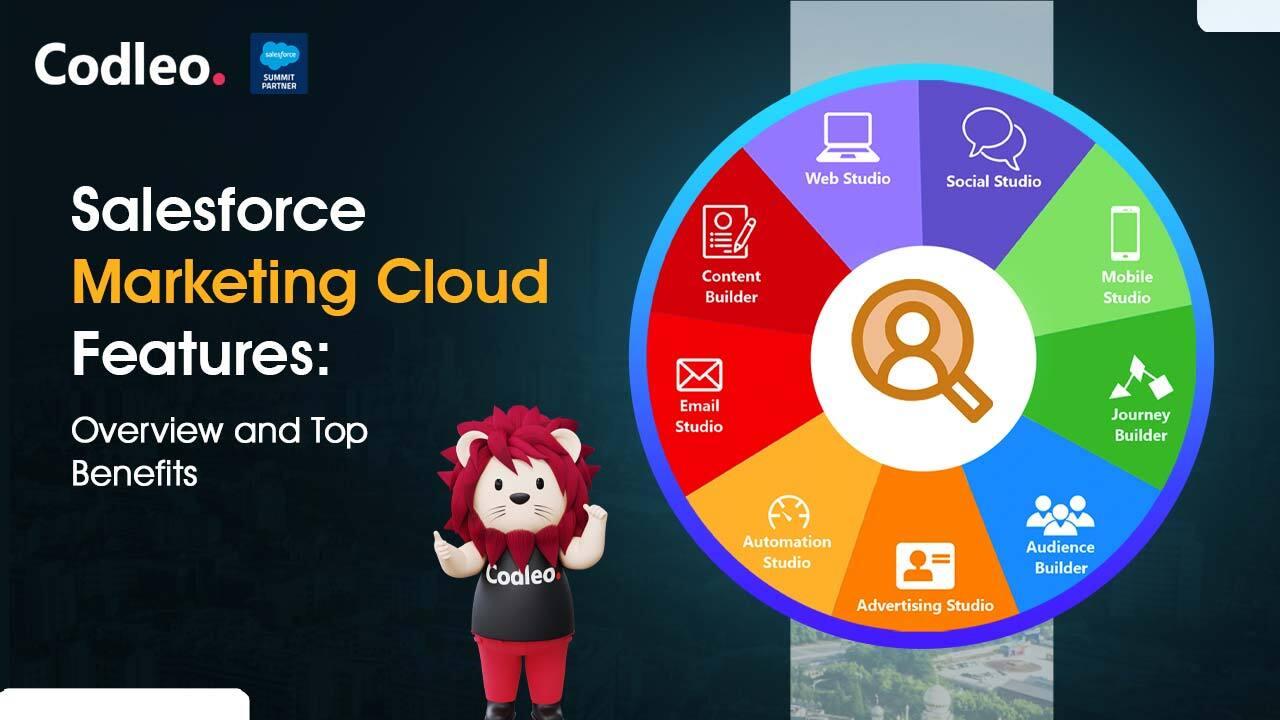Publish date:
“The first rule of any technology used in a business is that automation applied to an efficient operation will magnify the efficiency. The second is that automation applied to an inefficient operation will magnify the inefficiency.” –Quote by Bill Gates, Owner of Microsoft.
A survey by Salesforce in the past showed that businesses implementing Salesforce in the best possible way showed an increase of over 35% in revenue in their coffers. Wouldn’t you like to see a similar spike in revenue along with other benefits due to the adoption of the world’s number 1 Customer Relationship Management (CRM) tool? If yes read on. The right steps for Salesforce implementation will save a business, and your business from heartaches and disappointments thereafter.
For every business to implement Salesforce the right and the best way, here are the steps as per a Salesforce Consultant:
The right strategy for your business – Salesforce is a broad-based tool that can be curated and modified to meet the needs of various businesses as per the nature of their business. If a business is not happy with certain processes/aspects, Salesforce can be adopted via a Salesforce Consultant, to fix those issues instead of a generic overhaul. So the right solution for specific problems is the way to go says a Salesforce Consultant. For example, if a business is not happy with the customer service department, Salesforce can step in to remedy any lacunas.
Selecting the best flow of implementation stages – The next step is to decide whether you would like a whole-scale implementation of various Salesforce clouds via a Salesforce Consultant, at one time or adopt just 1 or 2 (or in stages). The latter strategy has minimal risks of integration disruption. In the first strategy, a business could implement the marketing cloud for more targeted campaigns in the future, the Sales cloud for improving the performance of the sales process, and the Service Cloud for enhanced customer engagement and experiences. The requirements and engagement with a good Salesforce Consultant will put things into perspective for the best flow.
Planning the implementation - In-depth engagement between the business and the vendor results in the drawing up of a clear-cut road map on step-by-step implementation along with risks, issues, and challenges. Solutions for various issues and pain points are documented and shared with the client. At this stage discussions and evaluations on data transfer from other existing CRMs, customisation & integration with other apps, the testing process at all stages, deployment, training, and post-implementation support is performed. Each stage has to be carefully mapped to avoid any pitfalls which may be encountered along the way says a Salesforce Consultant.
Budget and implementation time - Salesforce implementation by a Salesforce Consultant varies on scale and requirements. 4-6 weeks is considered a decent time for the process and it can vary. The more customisation is involved as per business needs, the longer the time taken to roll out the project successfully. For example, if a business wants a custom calculator, generates many custom reports, enables batch processing of data so on.
At this stage, the budget is also mapped out bearing in mind all the requirements. The budget depends on a host of factors such as fees of the vendor, cost of data migration, customisation, integration, training, and so on.
Risks - A consideration of various risks during the process and later is part of the steps for a successful implementation. The risks could be inconvenient solutions for the employees, irrelevant features, and long delays in the implementation. A basic edition of Salesforce such as the Lightning Professional may meet your needs and budget more than a superior edition with rich functionalities which has irrelevant features for which a business has no need. To avoid the risk of low adoption by the employees to the new project, it’s good to include a detailed analysis of the UI challenges the employees had with the earlier CRM and see them managed within a new Salesforce solution. Risks can be many but a stitch in time will save the project from running aground or rejection.
User adoption – The project is still a failure if the adoption by the users/employees is low or nil due to resistance, complicated solutions, inadequate training, and inadequate support provided by the project partner/vendor. Therefore this is an important step in the implementation planning, process, and strategy. To encourage and make the process as simple as possible, the vendor has to curate training programs for all departments as per their needs
Many Fortune 500 companies are on board with Salesforce and its various clouds/tools/solutions using it to their advantage to optimise performances and financial bottom lines. So can you.
As you can see from the above steps, planning deliberately with the right and experienced Salesforce Consultant of Salesforce can do wonders for your business. So don’t rush into a project and regret it. Find the right Salesforce Consultant like Codleo Consulting who will ensure the best experience and implementation ever. Get in touch with us today for the right strategy for a successful Salesforce journey.
Also Read: TOP CHALLENGES TO SALESFORCE IMPLEMENTATION
















